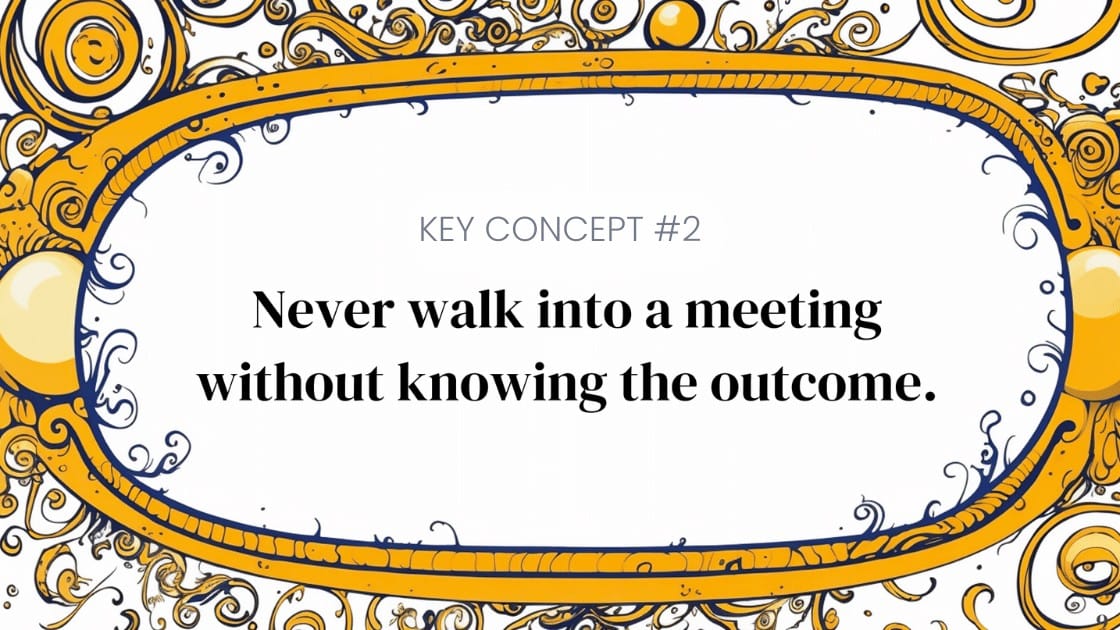This article is based on Dave Prager’s presentation at #GTM23 in San Diego, hosted by our sister community Go-to-Market Alliance.
Great news: You’ve cracked the perfect positioning for your product!
Don’t break out the champagne just yet, though. Now it’s time for the real challenge: selling that brilliant idea to the very people who can make or break its success.
But don’t worry – I’m here to help. I’ll share my battle-tested framework for aligning executives, rallying cross-functional partners, and turning key decision-makers into champions for your vision.
Let’s dive in.
How not to sell your product positioning
Let me start with a story about a failure.
Our tale begins around 2010. I’d just taken on my first job in Silicon Valley. The company I was working for was launching a storage product that we discovered could help protect users against ransomware – a pretty new idea back then.
We decided to build our positioning around this unique benefit. It was going to be really innovative, and we were super psyched about it. We were still preparing for the launch and hadn't even told the CEO our plan yet.
One day, during our Thirsty Thursday drinks, the CEO and I were chatting, and he asked me about this project. I told him our plan to position the product as protection against ransomware. However, I didn't explain my thought process – I didn't even check if he knew what ransomware was, which he might not have at the time. He just gave me a blank look, and we changed the subject.
The next day, my boss called me into his office, furious because the CEO had killed everything we were working on. The project was over because of what I'd said.
Now, there are two ways you could interpret this story:
- There was a bad CEO who lacked vision and didn’t know anything about marketing.
- There was a bad marketer who didn't understand that you can't just share a great idea and expect people to buy it.
The correct interpretation? The second one.
Key concept #1: Great ideas don’t sell themselves
What I learned from this incident (aside from all the creative ways a boss can yell at you without violating HR procedures) is our first key concept for today: great ideas don't sell themselves.
My mistake was that I didn't realize I needed to sell the CEO on the idea; I just told him about it. We marketers often overlook the need to sell our ideas internally.
When it comes to our customers, we understand they need to be taken on a journey, persuaded, and taught – but then we go to our execs and say, "Here's the idea. What do you think?"
The rules for selling an idea are exactly the same as for selling your product. You've got to know your audience, you have to know what they care about, you've got to speak their language, and you have to talk in terms of benefits and value – not just features.
Key concept #2: Never walk into a meeting without knowing the outcome
It’s time for our second key concept: never walk into a meeting without knowing the outcome.
“But Dave,” I hear you cry, “I don’t have a crystal ball! How am I supposed to know the outcome of the meeting before it’s even taken place?” That’s an easy one – you know the outcome because you've already influenced it. Now, I’ll admit, it's a ton of work upfront, but it means you have much less work to do on the other side.

So, how do you go about influencing the outcome of a meeting before you even walk in the room? The approach I take is very similar to account-based marketing (ABM). It's about selling an idea to a group of people who have to make a collective "yes" decision.
Let me walk you through how I do that.
Step one: Identify your buying group
You want to start by mapping the people involved in the purchasing process. Your typical buying group contains the following roles:
- Initiators, who kick off the project,
- Deciders, who have ultimate authority,
- Approvers, whose sign-off you need,
- Influencers, who can sway the purchase decision one way or the other.
- Gatekeepers, who have veto powers, and
- Users, of course.
This framework is built for software products, but it's relevant whenever you’re selling an idea – including when you’re selling positioning to your stakeholders.


















 Follow us on LinkedIn
Follow us on LinkedIn



.svg?v=85af970283)